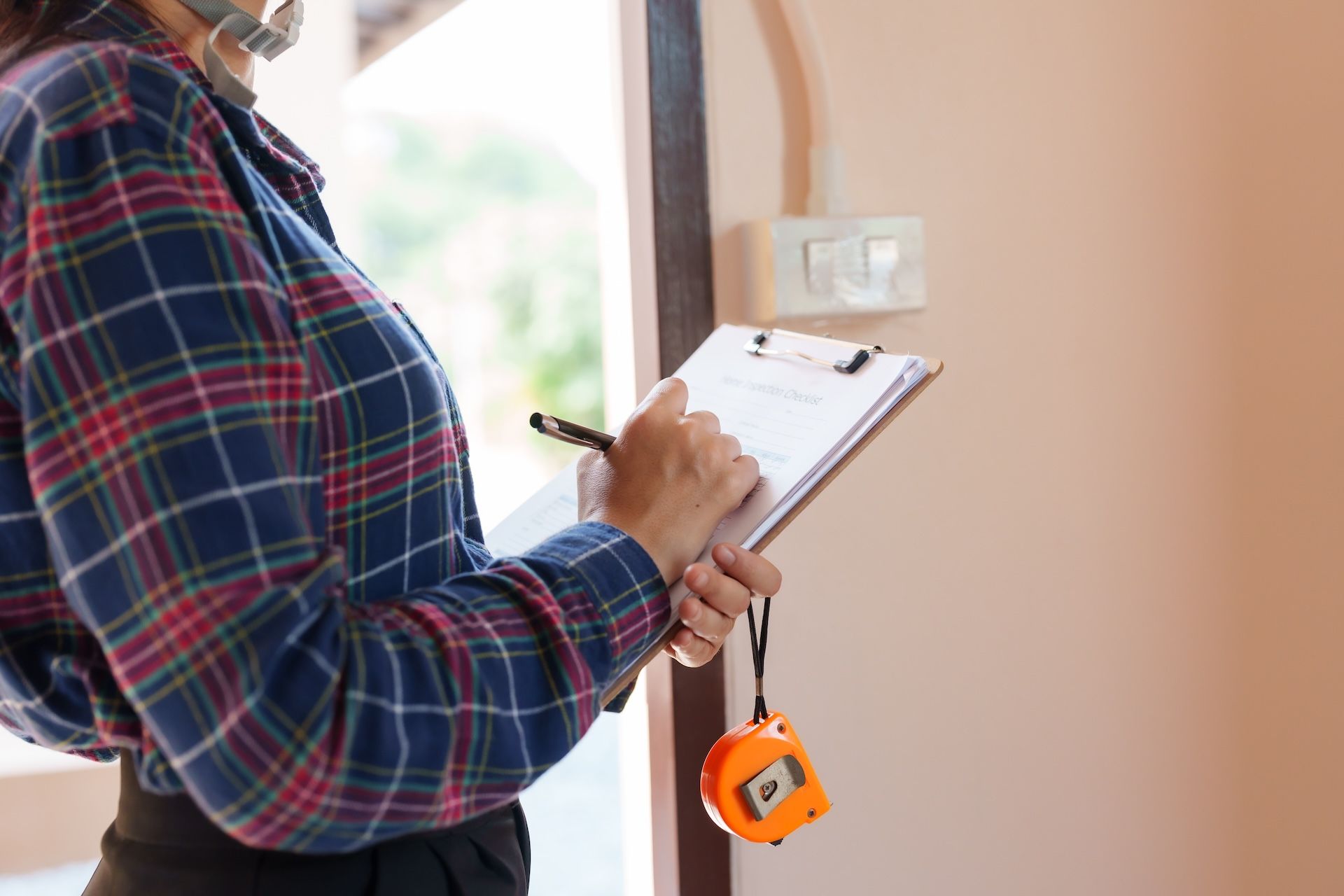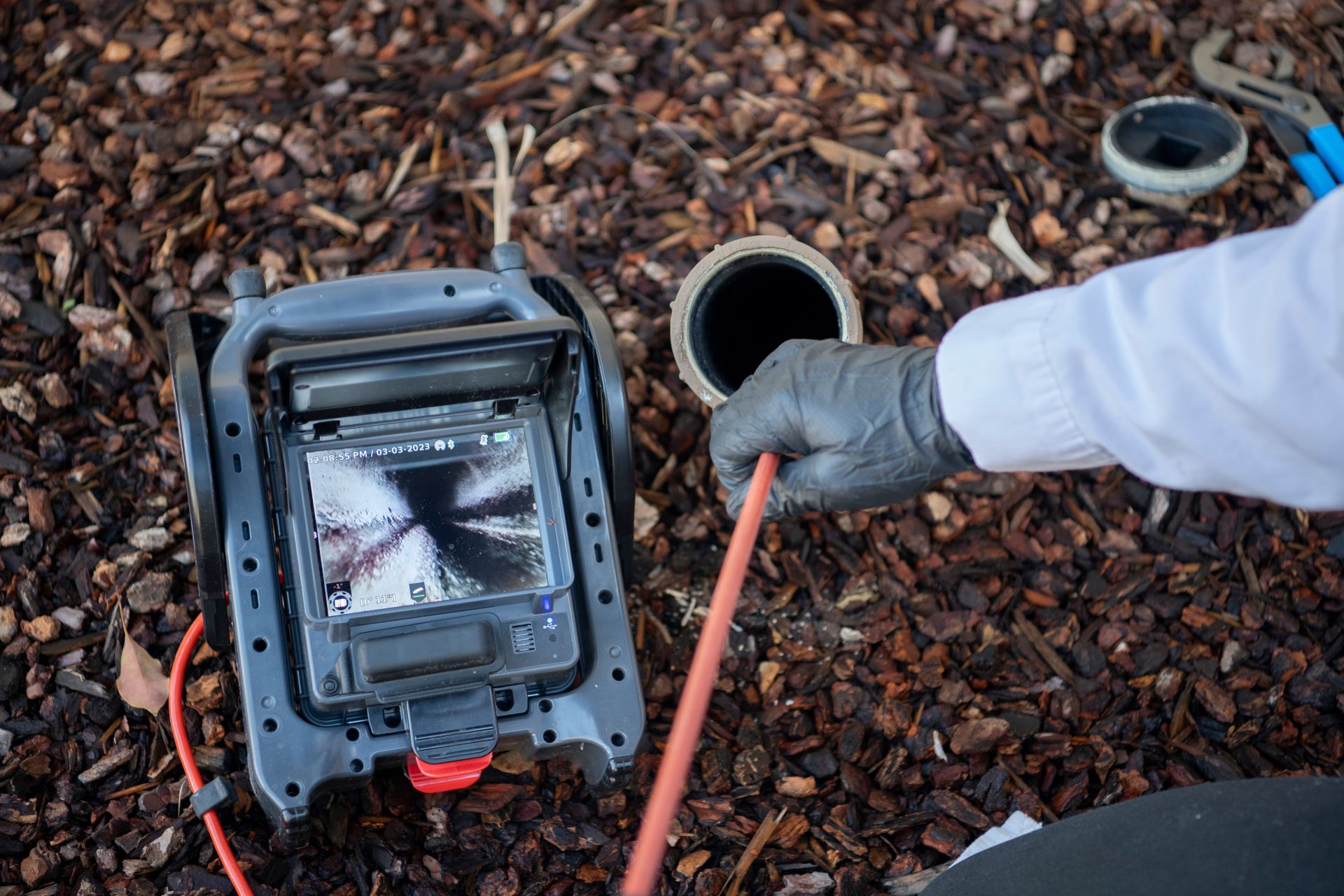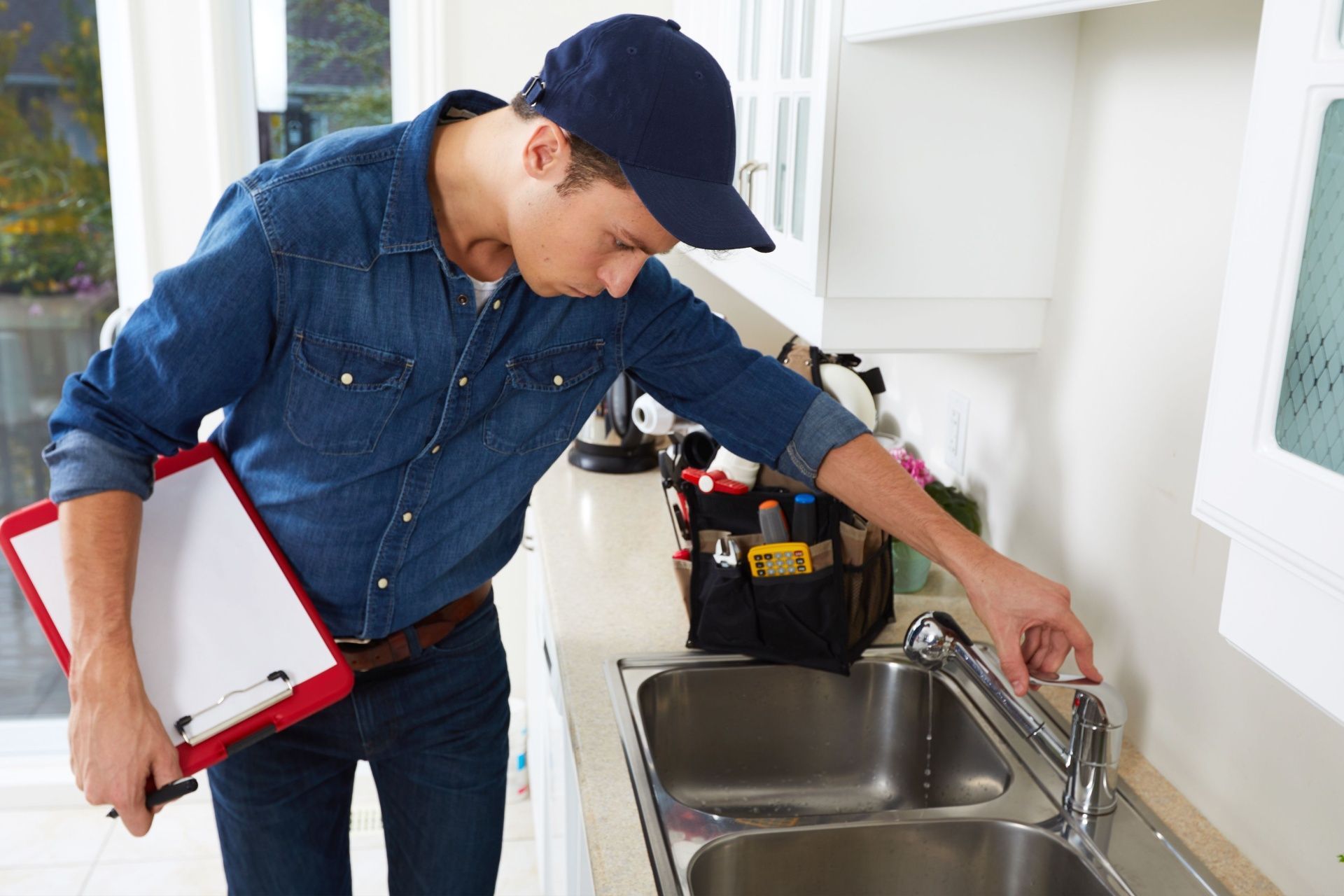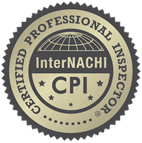What Are Eaves in a House?
Eaves are a very important component of homes, and yet, not all homes have them, especially modern ones. Does your home have eaves? Are you unclear about what eaves actually are and the purpose they serve?
You will find out the answers to those questions and more in the guide below. Here, we discuss a classic mainstay of houses that, largely for decorative preferences, has started to diminish in its use.
What Are Eaves?
Eaves are wonderful additions to homes that add character and appeal. But they are also very functional in their purpose, as they keep rainwater from gradually damaging exterior walls.
As stated, more and more modern homes are being built without eaves. While this is typical of business buildings with flat roofs, it’s rather nonsensical to purposefully remove eaves on homes with conventional roofs.
And yet, that’s one of the going trends, and it’s strictly to give new homes a unique look. With form over function comes a risk of early water damage, leaks, and costly repairs.
Fortunately, most architectural features eaves, some wider than others. The wider the eaves, the more sunlight gets blocked throughout the day.
If you look back at Craftsman-style homes, you will likely notice open eaves that reveal the rafters of the roof. Victorian-style architecture often features larger eaves that expertly block water and sunlight.
Most eaves on homes are built with great care. They are designed to serve their purpose but also to provide distinct characteristics that make the house stand out. Throughout history, there have been some truly remarkable eave designs.
Benefits of Eaves
Homes built with eaves benefit in a variety of ways. As mentioned, eaves offer unique beauty and appeal. They also help to protect the home’s exterior and foundation.
Since eaves help keep rain and snow away from the foundation, there’s less of a chance that your foundation or crawlspace will collect water.
Moreover, eaves are excellent places under which you can mount security lights and cameras. And because it stays dry underneath eaves, you’ll find that they make nice areas to park yourself under when you have to wait outside in the rain.
Downsides to Eaves
Of course, humans aren’t the only ones who like to stay dry. Eaves make nice homes for animals and insects, which, depending on your point of view, could be a wonderful thing or a terrible thing.
Most critters and creatures that nest underneath eaves won’t bother you or your home. However, wasps and the like may choose to build their home there, which isn’t preferable for people.
If you’re adamant about keeping your eaves cleared out and free of “guests,” you should hire a professional service to perform routine sweeps.
It’s not uncommon to find all sorts of life using eaves as temporary homes, which can include:
- Yellowjackets, Nornets & Wasps
- Raccoons, Squirrels & Rodents
- Spiders
- Birds
- Bats
There are several ways to deter creatures from infiltrating your eaves. Some homeowners prefer to use repellants, while others take more extreme measures and use spikes.
You can also use mint essential oils to keep bugs away. Wasps and other insects are said to dislike mint, so spraying it underneath your eaves could keep them free of infiltration.
A direct blast from your water hose is another great way to remove pests from living under your eaves.
If you have a soffit in place under your eaves, it will serve to keep out most larger visitors. However, smaller insects can still find their way inside.
If you notice that your soffit is broken or missing, it’s best to replace it as soon as possible to prevent bigger creatures from making their homes there.
Furthermore, if you have any rotting wood within your eaves, it can attract pests. As such, you should address this problem quickly to deter infiltration.
As you can see, there are many ways to prevent bugs and other pests from making their homes under your eaves. But if you’re not sure which method to use, a home inspection service can advise you.
At Guardian Angel Inspections, we provide comprehensive inspection services throughout South Florida . We specialize in home inspections and all that it entails.
We will be happy to inspect your eaves and any other area of your property. Whether you are a seller or a buyer, we are happy to provide a thorough inspection.
Call Guardian Angel Inspections in South Florida
Guardian Angel Inspections Inc. delivers professional
home inspection services for your peace of mind. Regardless of your needs, you can trust our inspection experts to meet them. For example, you might be:
- A potential buyer making sure a property is safe
- A seller checking what items need addressing before listing
- A current homeowner needing an insurance inspection
- A real estate agent trying to find their client the best inspection company
Whatever your needs,
Guardian Angel Inspections is ready to serve! To discuss your home inspection needs, please call
(561) 512-7854 .
The information in this blog post is provided for informational purposes only and is not intended to be legal advice. You should not make a decision whether or not to contact an attorney based upon the information in this blog post. No attorney-client relationship is formed nor should any such relationship be implied. If you require legal advice, please consult with an attorney licensed to practice in your jurisdiction.
Disclaimer: The information on this website and blog is for general informational purposes only and is not professional advice. We make no guarantees of accuracy or completeness. We disclaim all liability for errors, omissions, or reliance on this content. Always consult a qualified professional for specific guidance.
Share this entry







